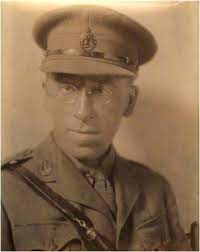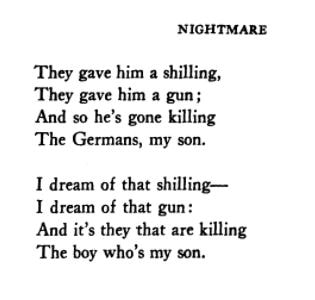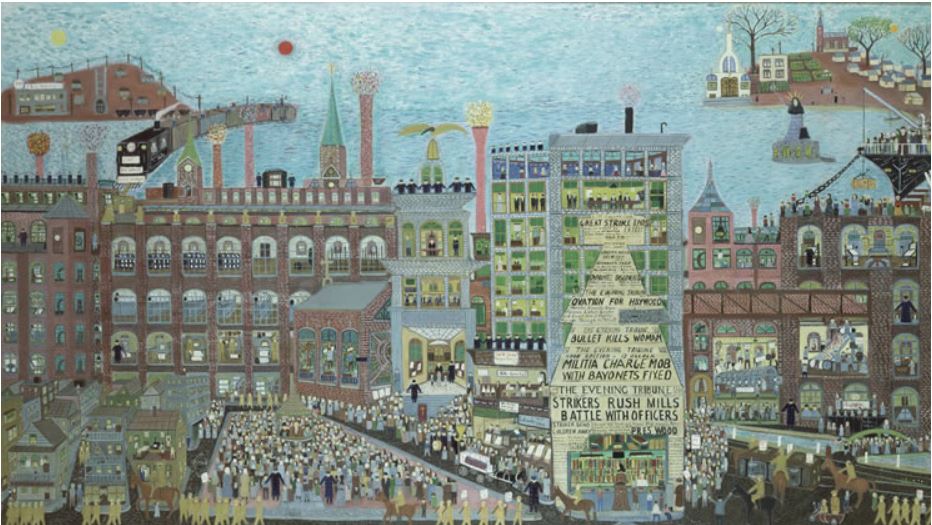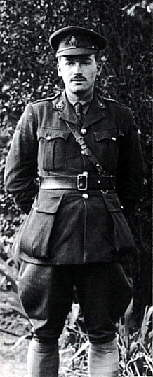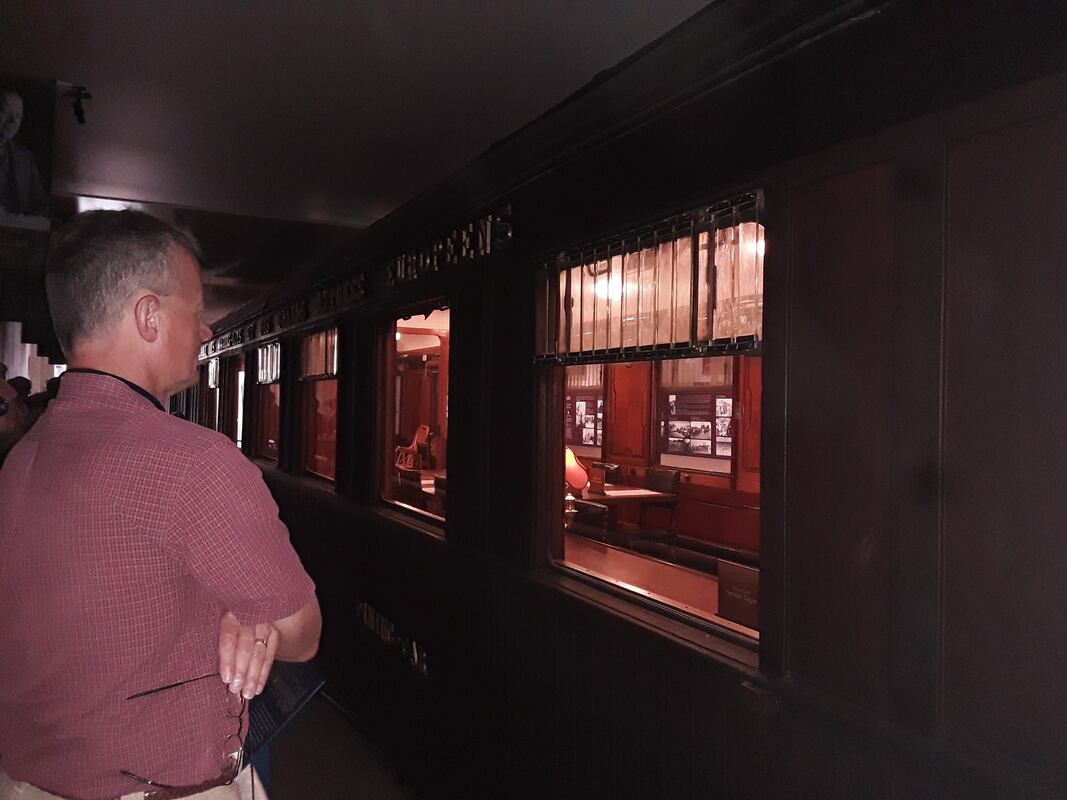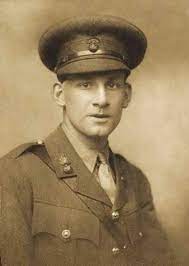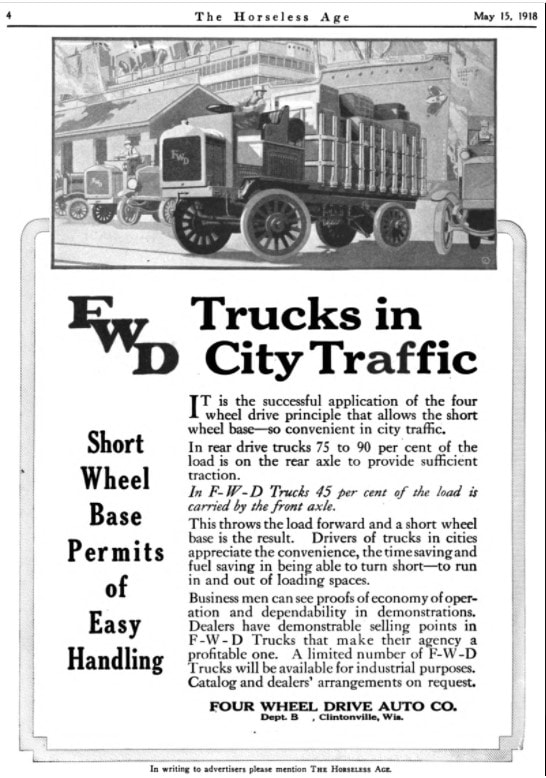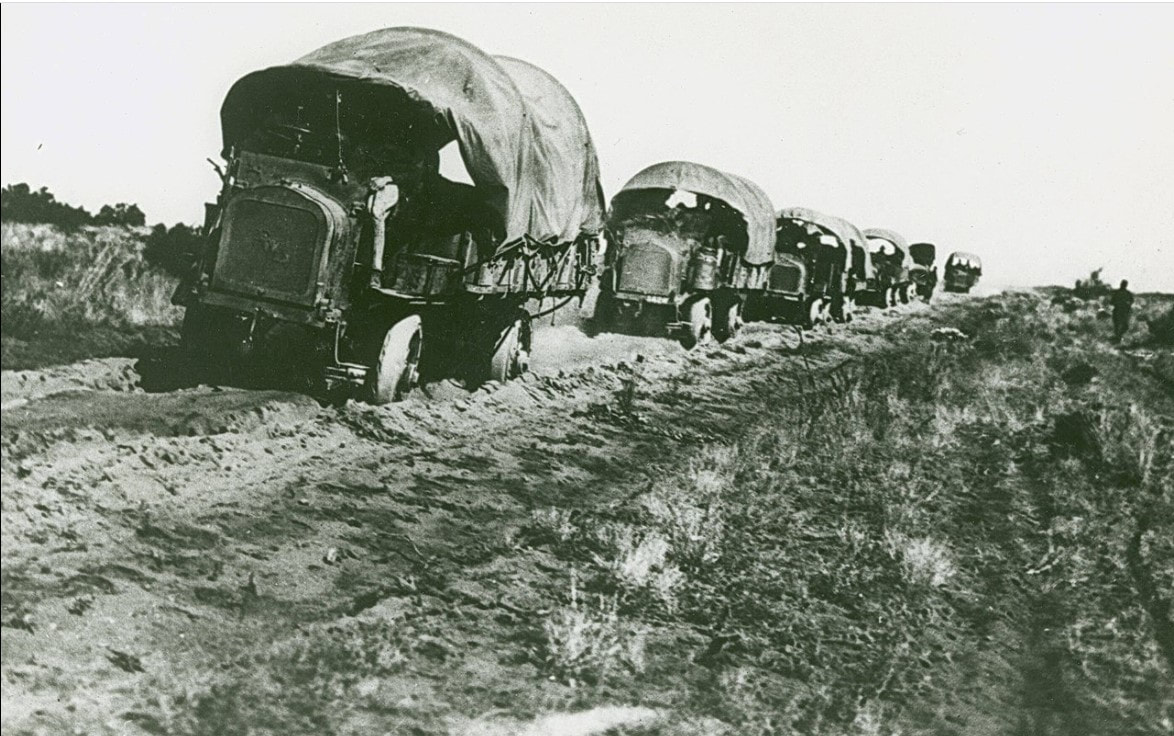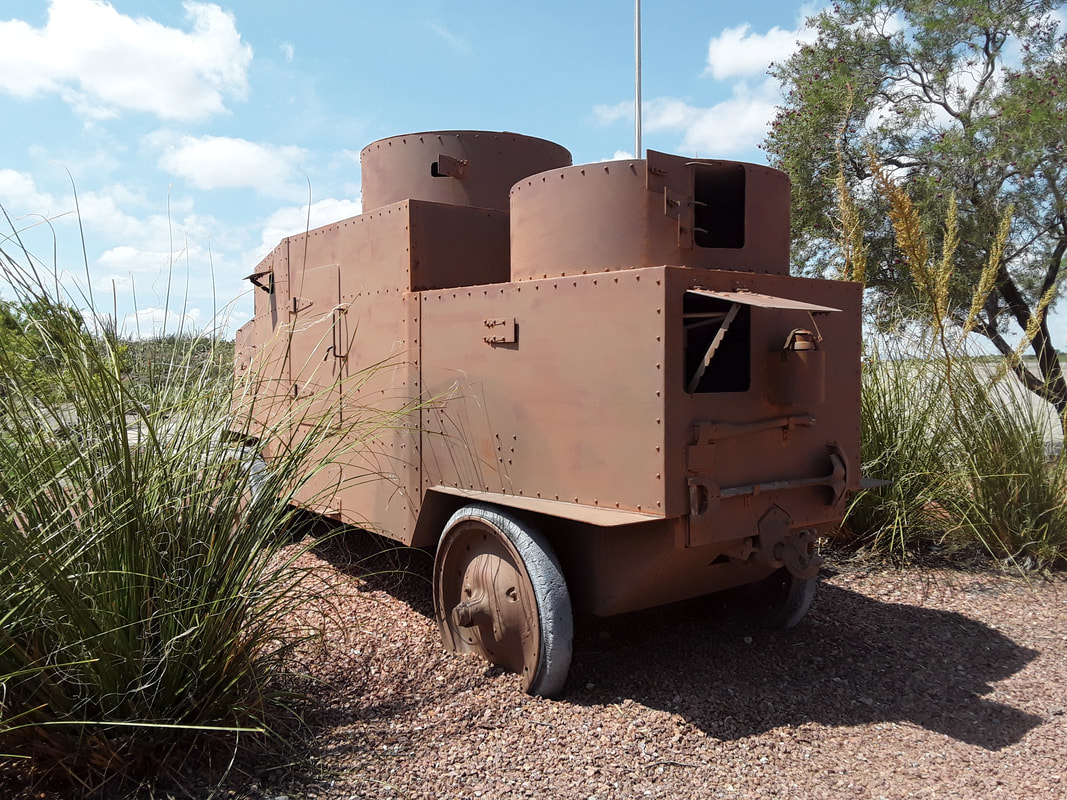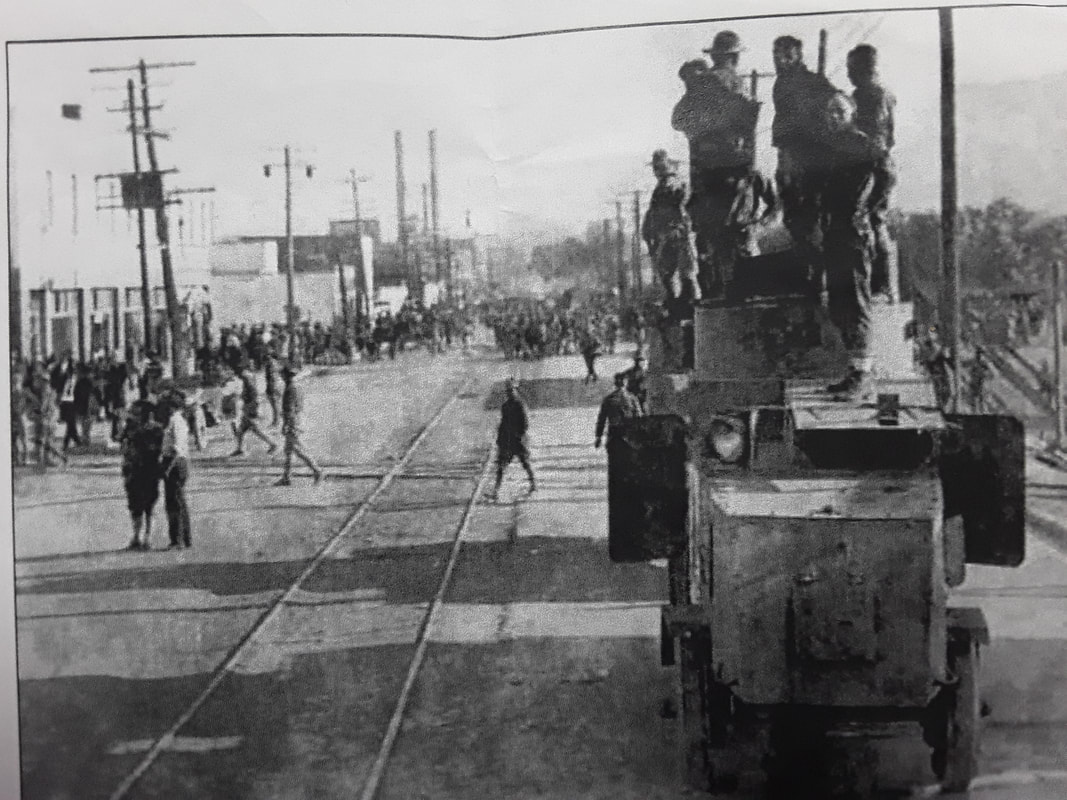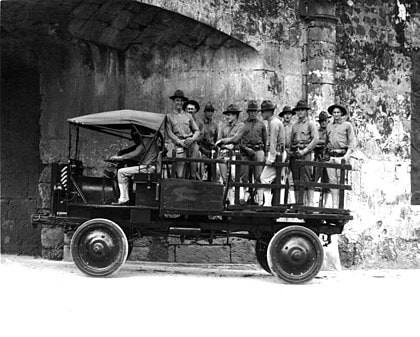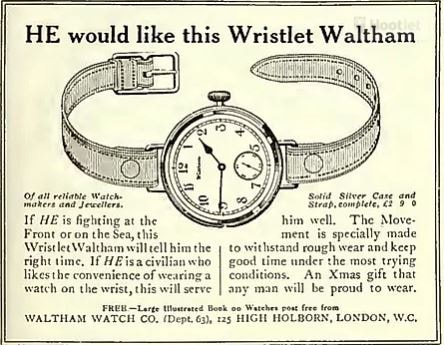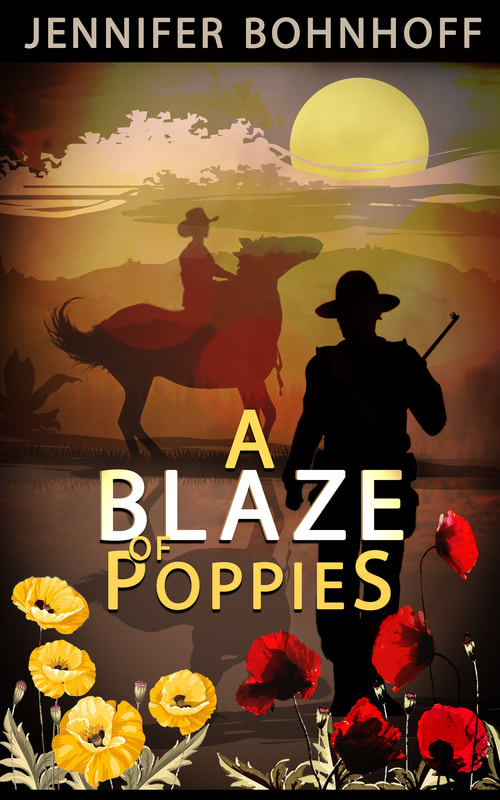
I am willing to be that few of my friends could name a contemporary poet, but at the time of World War I, many people could, and periodicals like the one pictured were common, making poetry accessible.
The August 1915 edition featured two poems by Wilfrid Gibson, a poet who was popular in his day but largely forgotten now. He was a member of the Georgian poets at a time when the Modernists were becoming popular.
